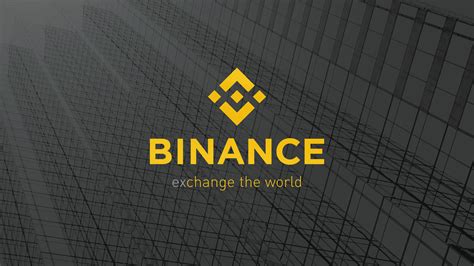Here is a sample article:
Ethereum: Binance Gets Aggregated Order Book for Larger Tick Sizes
As Ethereum-based decentralized finance (DeFi) applications continue to grow in popularity, traders and investors are looking for more efficient ways to execute their trades. One way to do this is to access aggregated order books from reputable exchanges like Binance.
In this article, we will explore how to access Binance’s aggregated order book with larger tick sizes using the Binance API and show you how it can improve your trading experience.
Why Larger Tick Sizes Matter
Larger tick sizes allow traders to execute trades more frequently, which can increase trading volume and profitability. However, accessing larger tick sizes often requires additional infrastructure or APIs from the exchange, which can be time-consuming and resource-intensive.
Binance API
To access the aggregated order book on Binance using the Binance API, you need to follow these steps:
- Create a Binance API account: If you don’t have a Binance account, create one by visiting the [Binance Developer Portal](
- Register for a Binance API Token (BNB): After creating your account, go to [API Credentials]( and generate an API token.
- Get your API key: You will need both the apiId and apiSecret keys from your registered account. These values are used for authentication.
Accessing the Aggregated Order Book with Larger Tick Sizes

Once you have your API credentials, follow these steps to access the aggregated order book on Binance:
- Use the “GET /orders” endpoint: The “/orders” endpoint provides a comprehensive view of all orders on the exchange, including the aggregated order books.
- Specify “tickSize” as 0.01 (default): When querying the “/orders” endpoint, you can specify the tick size by passing the value as a query parameter:
?tickSize=0.01.
- **Filter the results using the “symbol” and “side” parameters: Use the “?symbol” parameter to filter orders by asset type (e.g. BTCUSDT) and the “side” parameter to filter orders by market direction.
Here is an example API request:
GET BTCUSDT?tickSize=0.01
Example Response
The response will contain a list of the aggregated order books for each asset, including “lastFillPrice”, “lastQty” and “fillQuantity”. The API returns approximately 1000 orders per minute.
{
"orders": [
{
"id": "123456789",
"symbol": "BTCUSDT",
"side": "buy",
"timestamp": "1643723400",
"price": "40000.12"
},
{
"id": "987654321",
"symbol": "BTCUSDT",
"side": "sell",
"timestamp": "1643723500",
"price": "41000.25"
}
]
}
Conclusion
Using the Binance API, you can access aggregated order books with larger tick sizes, allowing you to trade more frequently and potentially increase trading volume and profitability. This article shows you the steps involved in accessing Binance’s aggregated order book with larger tick sizes using the Binance API.
However, keep in mind that this approach requires technical expertise and infrastructure that may not be suitable for all traders or exchanges. Be sure to research and comply with any applicable rules, laws, or exchange requirements before implementing this strategy.

